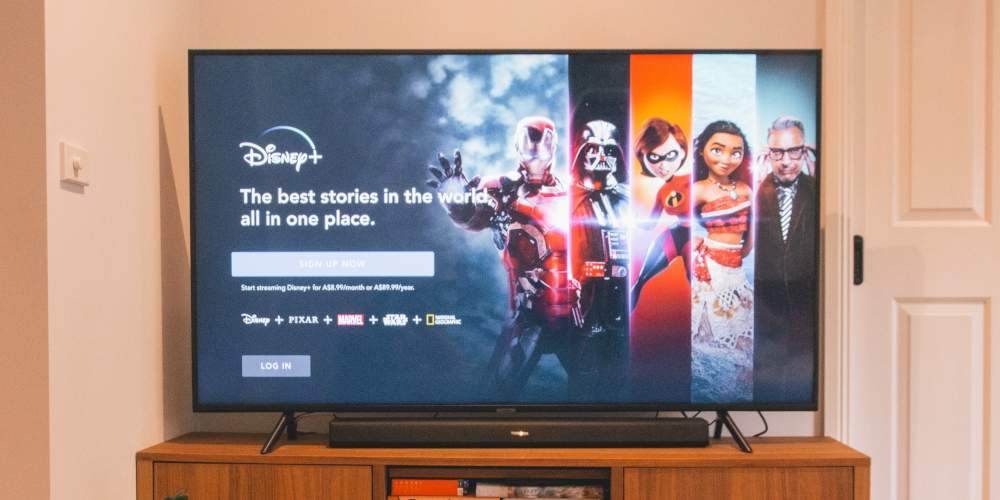Streaming technology has fundamentally changed home entertainment by shifting culture away from ownership of art—physical CDs, DVDs, Blu-rays, and such—to a new kind of digital access only.
Back when Blockbuster Video first transitioned to DVD, the invention made the home media experience much smoother and easier for consumers. No more rewinding, and the future looked rosy.
Then Netflix started taking over with their DVD rental service, allowing you to rent whatever you wanted to watch and have the appropriate DVD mailed right to your doorstep. A few years later, Netflix took things another step forward—and changed everything.
Now, streaming is ubiquitous. Society has come to not only accept but expect the convenience of streaming in all forms of entertainment—cinema, television, music, and even video games.
Physical ownership of media is all but dead. We now simply pay for access to media, and if we ever stop, all of that media becomes inaccessible once again. For many of us, the trade-off is reasonable.
But what's next for media? On the verge of a streaming-only era, what lies ahead for us as the very first streaming-only culture?
1. Fiber-Optic Connectivity
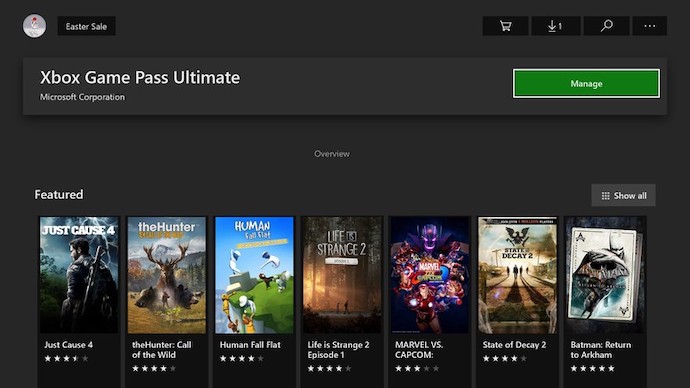
Broadband internet connectivity is what started the streaming revolution. The ability to send content to the consumer digitally through cables meant savings—both in time and money—because nobody needed to move or receive that content in its physical form.
This principle of ease and convenience is what continually drives forward the digitalized distribution of products. And while streaming kicked off with broadband technology, it's fiber-optic technology that's going to take the potential of streaming to the next level.
Much of the Western world—particularly America—still doesn't have fiber-optic internet. But as fiber-optic connectivity slowly takes over, media streaming will only get better: higher resolution video, more stable online gaming, cloud-streamed gaming, etc.
With all forms of entertainment banking on the ability of the consumer to stream content, it only makes sense for the next decade or so to see a heavier push toward greater fiber-optic connectivity in the West.
2. Rising Costs for Subscriptions
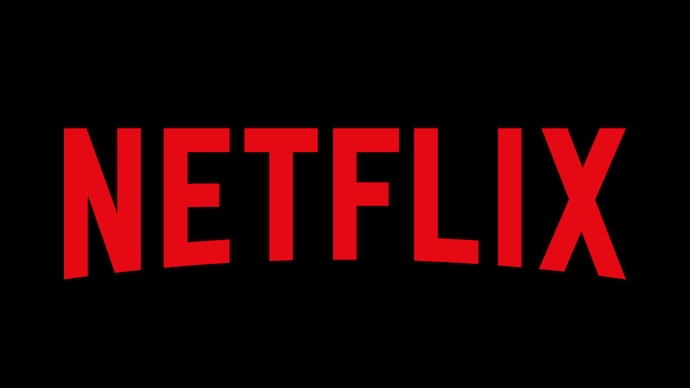
Unfortunately, because streaming has proven so successful in the worldwide market, streaming services will want to charge more.
Back in 2011, when Netflix debuted its streaming feature to users, they charged a mere $7.99/month for it. Nobody really believed in streaming back then, and Netflix needed to entice early adopters.
Now, over a decade later, Netflix has not only bumped up their subscription price several times, but they've locked their better features behind more-expensive premium tiers. As of this writing, Netflix's Basic plan costs $9.99/month, the Standard plan costs $15.49/month, and the Premium plan costs $19.99/month.
And, of course, other streaming platforms have implemented similar pricing structures.
When PlayStation Network (PSN) first debuted on the PlayStation 3, it was a free online service. That's changed now, with the price of the re-named PlayStation Plus costing $9.99/month.
On the other side of the fence, Microsoft's Xbox game streaming service Xbox Game Pass has separate pricing for Xbox and PC at $9.99/month each, or a combined plan for $14.99/month.
As for music streaming, both Apple Music and Spotify Premium subscriptions costs $9.99/month. This is one case where pricing hasn't changed all that much, as Spotify Premium launched at $9.99/month. However, this price can't stay for much longer.
With ongoing battles over how much artists are paid by streaming platforms, expect prices to rise. Spotify also plans to roll out a higher-tier subscription called Spotify HiFi, which will cost more than Premium.
3. Enticement Toward Platform Loyalty

There wasn't much interaction between distribution companies and consumers when gaming was prevanently disc-based or even cartridge-based. You only had access to whatever was available at your local store. If something caught your eye, you bought it. That was that.
Now, however, the markets are saturated and everyone has access to thousands of titles at the click of a finger—and that means companies need to work increasingly harder to make you play their game. The same is true, of course, for movies and TV shows.
The campaigns for marketing video games, movies, and TV shows can cost hundreds of millions of dollars. But more importantly, traditional forms of marketing are becoming less effective.
Streaming comes with challenges and benefits to the distributor and the studio behind a piece of work—one such benefit being that people are more likely to give it a chance if it's made available on a streaming service that they're already paying for. No need to pay extra, so why not?
However, the drawback is that new titles can easily become lost on a streaming service amidst all the other games, movies, TV shows, or whatever else is there vying for the end user's attention. And so, companies need to find ways to hook you to their platform.
The output of Disney+ is a prime example of this. Disney has been leveraging Marvel's MCU as a pull for families who want to watch new, high-budget, high-quality superhero tie-in TV series' that are connected to the greater cinematic universe.
Streaming as a concept means a new kind of relationship between distributor and consumer. Studios aren't just trying to sell you individual content anymore—they're trying to make you a loyal and continual user of their service which happens to grant access to their content.
In the gaming world, that's why we're seeing an increased push for platform-exclusive video games. With consoles losing their unique edges against each other, exclusivity is the only way to entice loyalty.
4. Tiered Service Levels
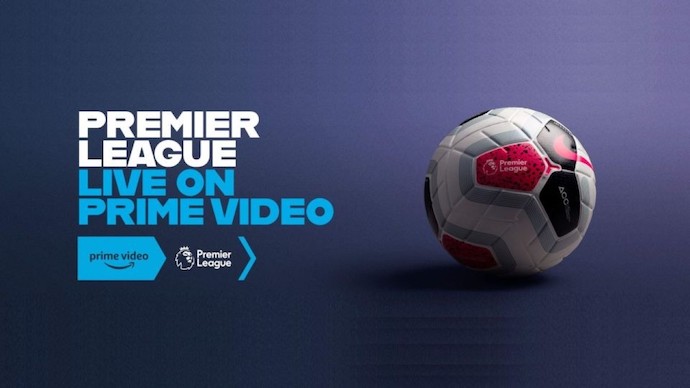
One rule of capitalism is that if a company can offer a higher service level for an inflated cost, they will.
Netflix charges more for the ability to stream content in 4K. Few others have yet to do this, but gaming will be a prime spot for this tactic, where microtransactions have already become the norm in the industry.
This tactic of locking features behind higher-priced paywalls isn't exactly new or innovative, but as streaming continues to take over, it becomes easier for platforms to actually do it. (Back when media was still physical, this could only be done via "Collector's Editions" and similar.)
Music streaming already does this but in a different way. Spotify still offers a free service plan (with advertisements), and then the advertisement-free Spotify Premium plan, and the upcoming Spotify HiFi plan for lossless audio quality streaming.
How acceptable is this for consumers? Only time will tell. Microtransactions and tiered service plans are polarizing—many hate it, yet many still participate willingly. As long as people are willing to fork their money over, the practice will continue.
5. Family Sharing Options
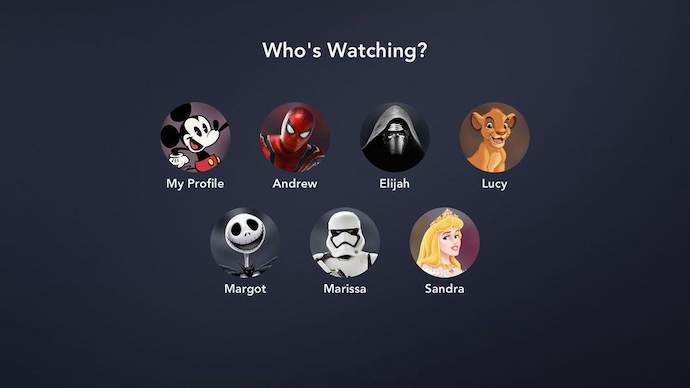
Remember when you could hand out your Netflix password to your friends so they could watch the same shows? That practice is soon to die, as streaming platforms increasingly crack down on password-sharing.
If multiple people are going to share access, service providers want more money for it. That's why more and more streaming services are now offering "family plans" that cost a bit more but allow sharing.
The idea of sharing music, movies, games, and TV is nothing new—but it's now more difficult than simply handing over a DVD. We'll need to come to terms with family plans and setting up different profiles for each viewer.
Traditional Media Ownership: Dead
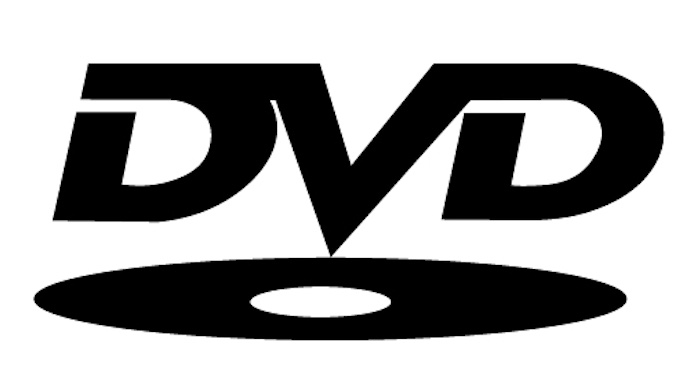
Comparing the world of 2010 versus the world of 2022, it's clear that streaming has come to dominate the film, TV, and music industries. Gaming is soon to follow as fiber-optic connectivity catches up.
Looking at what it has done to the idea of individual media ownership—as albums, films, series, and games are all now part of a greater shared service—streaming is a future that's inevitable.
